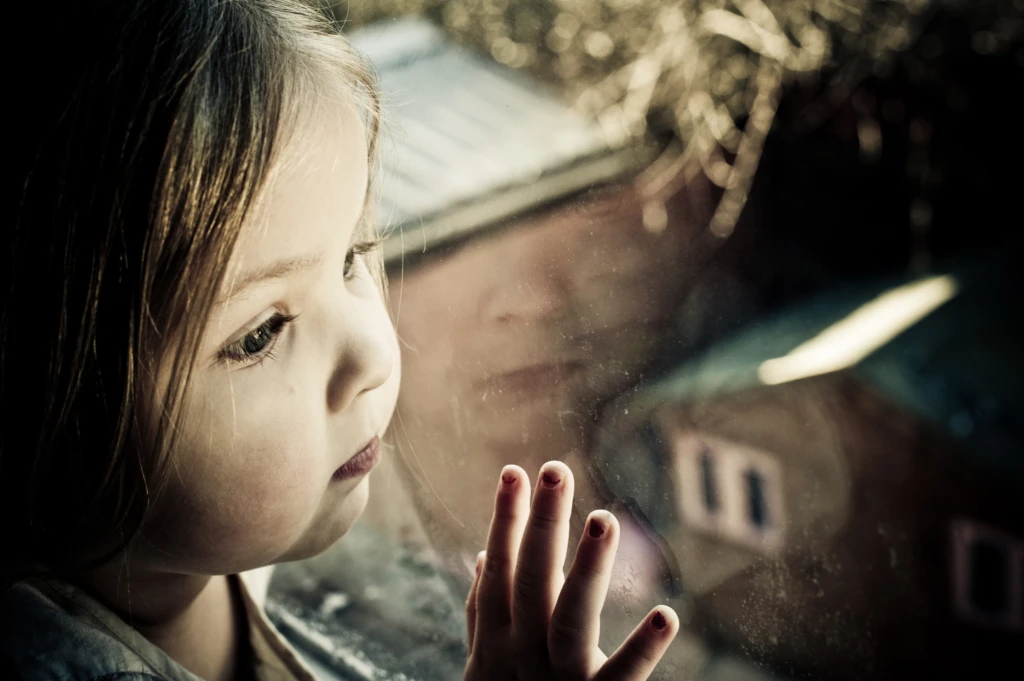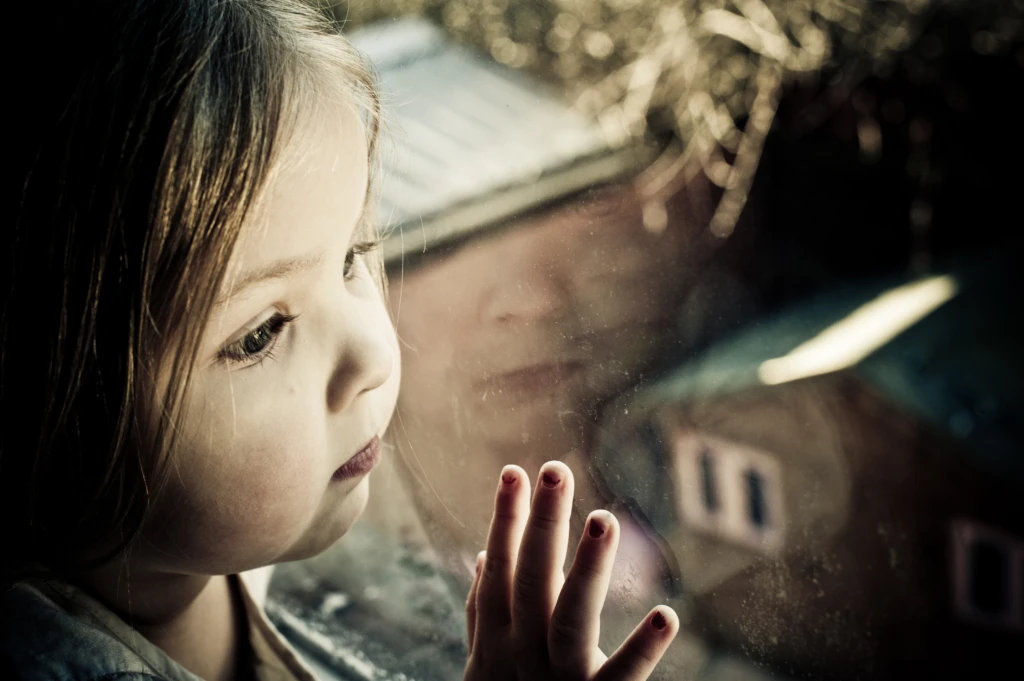
Preparing for the post-pandemic fallout in child welfare

As vaccines and immunity abate the pandemic, children will return to the public eye, sparking an increase in reporting in child maltreatment allegations. Organizations need to prepare to minimize human suffering and avoid a cascading system collapse.
The COVID-19 pandemic has brought suffering to people and economies around the globe. But the invisible pain will be realized over the next several years. Well-meaning lockdowns will have unintended consequences after a year of isolation for vulnerable children and families.¹ Sadly, those consequences will reveal the next crisis as the pandemic subsides and we weigh the magnitude of those suffering in silence. Child welfare systems will be at the forefront of combatting maltreatment that has been and still is occurring. If they are unprepared, the costs, both human and economic, will be incalculable. Governments need to plan now.
When I ran the state’s child welfare system in Arizona, it was important to understand the role of seasonality in the volume of maltreatment reports. For example, when school is out during the summer months, child welfare systems experience a reduction in the amount of abuse and neglect allegations requiring response, investigation, and mitigation. This is because teachers, frequently mandated reporters, no longer have eyes on children. Summer was the time to improve the organization and prepare for the resumption of school when maltreatment reports spike. At the same time, summer became the season of some of the most extreme cases of chronic abuse or death. Simply put, declines in report volume do not mean children are receiving a reprieve.
Isolation is dangerous for vulnerable children. Lockdowns now have extended normal seasonality far beyond summer. During my career—both as a homicide detective for a major metropolitan city, and as the head of Arizona’s child welfare system—secrecy was the key ingredient to some of the most egregious cases of child physical abuse, sexual abuse, neglect, and death.
Most frequently, children suffering chronic abuse are vulnerable due to their dependency, small stature, inability to seek help, and invisibility to the public eye. They don’t attend school or daycare, and they are purposefully hidden. There is a reason that 88 percent of child fatalities due to maltreatment involve children younger than 7.2 Moreover, parents acting alone or with another individual or parent were responsible for more than 80 percent of abuse and neglect-related child fatalities.²
The impact of pandemic lockdowns
What does this mean when considering the impact of pandemic-imposed lockdowns? In the extreme sense, it means some children suffered catastrophic incidents of abuse (including death) or have been suffering in silence awaiting detection. Moreover, the emotional, physical, nutritional, and educational well-being of children have been impaired.
As the pandemic abates and normalcy resumes, vulnerable children will return to the public eye. Child abuse hotlines will experience increased volume, sparking more investigations, increased caseloads, and growing backlogs. As these factors compound, more children will enter foster care, driving the need for more service providers, more foster homes, and more court dockets. Supply and demand principles will become significantly off balance. Combine this with high turnover and budget overruns and you have a child welfare system crisis. In time, this will result in more high-profile cases of abuse and death, leading to media and public uproar.
Governments tend to move slowly. When they act with urgency, it is typically in response to crisis situations. These are the times that public policies are amended or added, and legislative appropriations are boosted. In some cases, innovation and technology improvements are sought and funded. During my time leading Arizona’s child welfare system, we replaced our 26-year-old mainframe system with cloud-based Microsoft Dynamics. This three-year project was energized and funded because of child fatalities, capacity shortfalls, and a national scandal that broke prior to my political appointment. In short, the outdated technology system was blamed for children falling through the cracks.
The problem with a reactionary approach is that people will suffer intensely before solutions are pursued. When it comes to the pandemic, and soon-to-be realized consequences of lockdowns, child welfare systems, and their overarching governments need to prepare now. Over the past year, child welfare systems were challenged by the need to don PPE to find and protect children, contact trace, maintain their workforces, and retain their placements when foster parents feared exposure from children delivered to their care.
They also needed to maintain compliance with court case plans requiring best efforts to ameliorate the reasons children enter foster care. Parent aid services, drug treatment, medical and behavioral health treatment, birth family visits, and many court appearances needed to occur by remote or virtual means. If these functions were abandoned, children would remain in foster care indefinitely, further degrading system capacity and leaving children and families in limbo.
Creating a more responsive government
These pains were certainly not without gain. In terms of innovating social service practice, what has occurred over the past year would likely have been slowly pursued during the next decade. The pandemic forced government’s hand to adapt and maintain core duties by remote or virtual means. Moving brick and mortar workforces to remote has been a huge accomplishment. Moreover, turnover studies have shown that millennial workforces desire flexibility and remote offerings, a model not typically supported by government until now. Virtual visits and services such as telemedicine were deployed. Virtual court hearings have also been leveraged to maintain compliance with child permanency goals.
These are great advancements, and the gains need to be fully planted. But we need to be thoughtful about maintaining this hybrid approach. Child welfare stakeholders and technology leaders need to determine what interactions can be accomplished by remote or virtual means while remaining steadfast on required in-person interactions. Capacity will be retained by giving organizations the ability to triage the riskiest interventions while managing less critical tasks remotely or virtually. For instance, a child-safety assessment cannot be put off or done remotely, but other visits or hearings can be done with technology.
It is indisputable that the impacts of this global pandemic have been hard felt, and some have yet to be realized. It also seems clear that many ways of doing business have forever changed, sadly for some but heartening for others. Child welfare will be the “canary in the coal mine,” as the unseen masses of vulnerable children return to the public eye. But we can get this right. What we need is empathy, a willingness to plan, sustainable political will and funding, and a responsible convergence of technology and social service practices. Some organizations will move gradually and seek modernizations within their current capabilities. Others will be ready for a modern cloud-based Comprehensive Child Welfare Information System (CCWIS). Regardless of an organization’s current state of readiness, it’s important to see technology as a force multiplier for the many social servants who protect vulnerable children and strengthen vulnerable families.
About the author: Greg McKay is Microsoft’s Worldwide Public Sector lead for Public Health and Social Services. He was formerly the Director of Arizona’s Department of Child Safety and prior to that was a Homicide detective for the Phoenix Police Department.
Learn more and engage industry experts during a March 31, 2021, Digital Forum: Preparing for the Post Pandemic Fallout in Child Welfare
Read about the importance of remote access within governments and visit Microsoft in Government to learn more.
References:
¹ Ofsted: Children hardest hit by COVID-19 pandemic are regressing in basic skills and learning
² Child Abuse and Neglect Fatalities 2018: Statistics and Interventions




